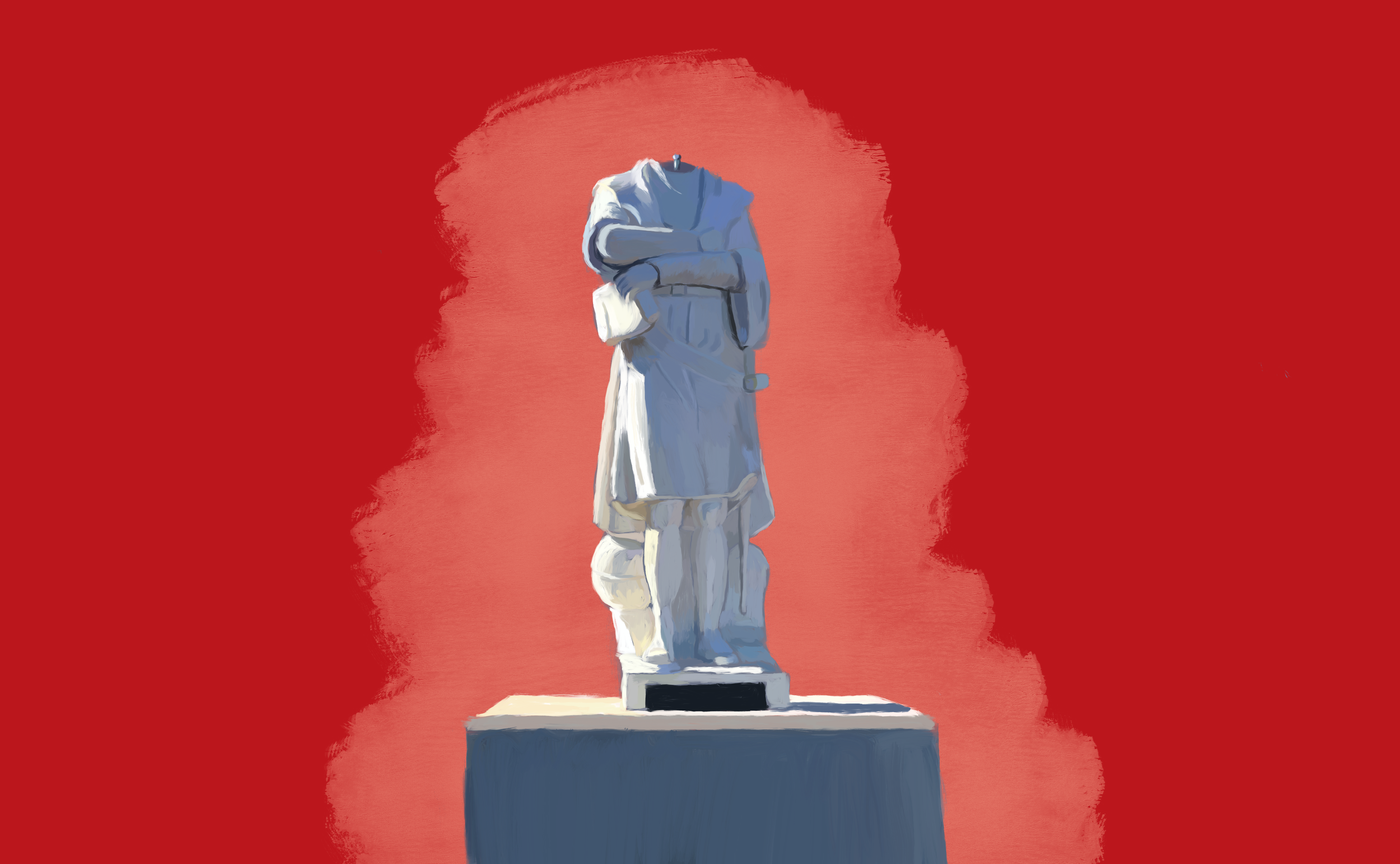Archives
Diasporic Politics and “What It Means to Write About Black Lives in #VastEarlyAmerica”
Black life in vast early America was molded by a politic of survival that allowed diasporas to adapt, resist, and constitute new life in the violent colonial landscape. Torn from their natal homes, kith, and kin, diasporas recreated new means of belonging and community to avert the threat of social death amidst the changing colonial currents.
The Power and Importance of Narrating Stories of Black Life in #VastEarlyAmerica
When I decided to major in history at Florida Agricultural and Mechanical University (FAMU) nearly a decade ago, I never thought I would eventually contribute to historian Karin Wulf’s articulation of #VastEarlyAmerica via a forum like Insurrect!. I did know back then, though, that I did not want to study 20th century Black life like most of my classmates and professors. As an undergraduate student, I yearned to better understand the world we lived in. I gravitated to topics that assessed how Black people encountered violence, and the strategies Black women, men, and children used to resist and survive.
Counter Monument: Notes on Abolition May
In May 2021, an abolitionist caucus of the University of Massachusetts Amherst Graduate Employee Organization (GEO UAW 2322) joined up with the Cops Off Campus Coalition (COCC) to support Abolition May, “a month-long series of actions on campuses across Turtle Island to demand the removal of ALL campus police.” After a year of political education, we spent the month taking direct action on the UMass Amherst campus to support abolition. As a caucus, we secured a vote from union membership to prioritize abolition during contract bargaining: the police have a long history of busting unions and enforcing the exploitation of workers. For the May 3rd Transnational Day of Refusal we collaborated with the Illuminator Art Collective to project a virtual picket line with crowdsourced abolitionist messaging on the side of Herter Hall. On May 20th, we hosted an abolition “block party” with literature, art, zines, a student-led petition for budgetary reallocation and racial justice, and coalition-building among students, faculty, and local abolitionist organizations.
Cartographic Justice: From Omission to Illumination of America’s Black Communities
I was struck one workday by a 1878 map I picked up entitled Gray’s New Map of Hampton, depicting Hampton, Virginia, in the decade after the Civil War (Fig. 1). The image shows the Hampton Normal and Agricultural Institute, then an agricultural and teachers’ college for Black students, now known as Hampton University. The city’s Black population is referenced through “colored” institutions like cemeteries and churches, but individual names of homes or buildings are only labeled for white businessmen, such as George Dixon’s oyster house visible by the Hampton Creek steamboat landing.
Reflections on the Crisis at Hand: a Roundtable, Part 1
Insurrect! is a new digital space for radical thinking in Early American Studies. Our first roundtable features early career researchers who are attuned to colonialism as an ongoing system of power, and whose work spans disciplines of study as well as geographies outside of nationalist borders. In response to the upheavals of 2020, the editorial team thought it only fitting to begin our roundtable by asking this question: How has this moment of anti-colonial uprisings and demonstrations by Black Lives Matter and Indigenous activists shifted your work in early American studies—either as a researcher, an educator, a curator, a public historian, or an activist?
Toppling Colston, Centering Black Lives
There is an empty plinth in Bristol. It sits within a stone’s throw of the Cenotaph (Bristol’s monument to its First and Second World War dead), a plaque commemorating the Burma Campaign of 1941-1945, a statue of the conservative Irishman and imperialist Edmund Burke, and an Indian restaurant named 4500 Miles from Delhi. The plinth, until very recently, held its own public signifier of Britain’s former empire: the slave trader and Royal African Company (RAC) employee, Edward Colston. The plaza lies in the shadow of Colston Tower, and a heavy traffic of lorries and commuters follows the curve of Colston Avenue around it. The fact that Black Lives Matter activists had to hoist Colston into Bristol’s harbor for the link between this local ‘philanthropist’ and the state-supported dispossession, sale, or violent death of 1.3 million Africans to be widely acknowledged is a curious feature of Britain’s simultaneous remembering and obliviating of the enormous wealth generated from its investment and perpetuation of Atlantic slavery and the slave trade. However, not only considerations of wealth or institutions are missing from both common memory and how the statue’s fall has been discussed – Black people’s histories and presents are all too often obscured behind recitations of Colston’s biography or a focus on the institutions to which he belonged.
American Private Schools as Monuments to Racism
Summer 2020 has seen Black Lives Matter and Indigenous rights activists toppling countless statues commemorating racism and racists both in the Americas and around the world. Not all monuments to the past are cast in bronze, however. From the names of our streets to the layout of our neighborhoods to the schools our children attend, memorializations of slavery and segregation surround us in the United States. American private schools, especially, have long functioned to reinforce class and racial hierarchies, and themselves act as monuments to racism and segregation.






